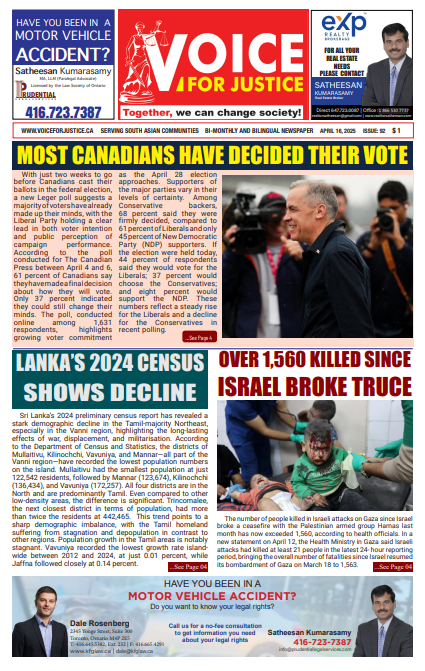Nearly half of Indian consumers want more diversity in ads: Study
09-May-2024This comes in contrast with the consumers elsewhere, of whom about one-third support a similar stance

Nearly half of Indian consumers are of the view that brands need to increase the visibility of marginalised groups in their ad campaigns, a study on understanding the scope of diversity and inclusion in the advertising sector has revealed.
This comes in contrast with the consumers elsewhere, of whom about one-third support a similar stance, said the report, launched Thursday by the Advertising Standard Council of India (ASCI) and the United Nations Entity for Gender Equality and the Empowerment of Women, also known as UN Women convened platform 'Unstereotype Alliance'.
"48 per cent of Indians expressed the need for more inclusive representation by brands as compared to 33 per cent of consumers across the world", the report noted.
The research scoured through all the new ads that aired in October 2023, as well as an extensive analysis of advertisements over the past few years, put together by Kantar, a global brand research partner. The study shed light on many factors, including the near absence of the non-binary community, persons with disabilities as well as elderly folks in advertisements.
While the lesbian, gay, bisexual, transgender, queer and other non-binary genders (LGBTQIA+) were observed in fewer than 1 per cent of the ads, the data stood at about 1 per cent for persons with disabilities, suggesting a worrying exclusionary trend in the portrayal of these groups. It also found that only 4 per cent of Indian ads depicted people aged above 65 years.
For women, who make up half the world's population, their overtly visible presence in ads remained skewed stereotypically. The study showed that as many as 58 per cent of women were depicted in fair skin tone ads compared to only 25 per cent of men, indicating the underlying strong presence of patriarchal notions embedded in any society, including India, where women are not only subjected to unrealistic beauty standards but also conditioned to believe that their worth stems from it.







